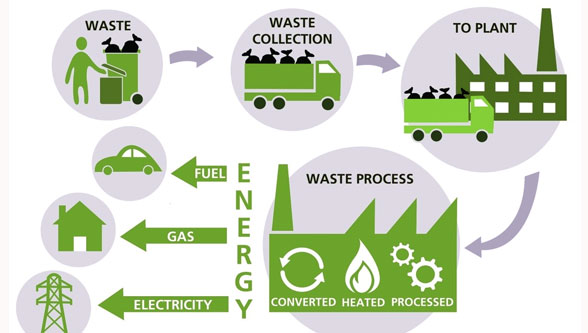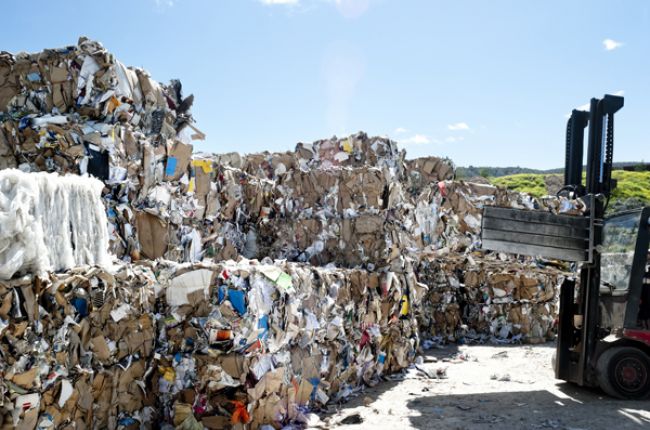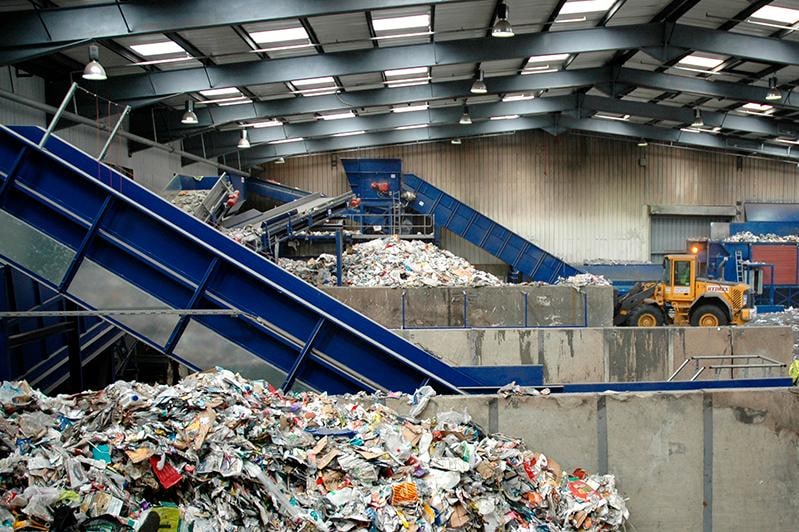
Introduction
Waste-to-energy technologies have gained significant attention in developing countries as a sustainable solution for waste management. This article aims to explore the relevance and importance of waste-to-energy in addressing waste management challenges and discuss its potential benefits.
Historical Background
In developing countries, waste management practices have traditionally been inadequate, leading to environmental degradation and public health risks. The emergence of waste-to-energy technologies has offered a promising solution to these issues. Notable milestones in the development of waste-to-energy technologies include the introduction of anaerobic digestion and advancements in incineration and gasification processes.
Key Concepts and Definitions
Waste-to-energy refers to the process of converting waste materials into usable forms of energy. This approach not only reduces waste volumes but also harnesses the energy potential of waste. Other key terms and concepts related to waste-to-energy include waste segregation, recycling, composting, and landfill management.

Main Discussion Points
Overview of different waste-to-energy technologies suitable for developing countries
Anaerobic digestion is a biological process that breaks down organic waste in the absence of oxygen. It produces biogas for energy generation and nutrient-rich digestate as a byproduct, which can be used as fertilizer.
Incineration, while controversial, can be an effective waste-to-energy technology. It involves the combustion of waste at high temperatures, generating heat or electricity. However, it is essential to address the potential environmental and health impacts associated with incineration.
Gasification is a thermochemical process that converts carbon-based materials into a synthesis gas, which can be used for heat, electricity, or fuel synthesis. Gasification shows great potential in developing countries as it can utilize a wide range of waste feedstocks.
Environmental and socio-economic impacts of waste-to-energy in developing countries
Waste-to-energy technologies contribute to the reduction of greenhouse gas emissions by diverting waste from landfills and harnessing energy from waste. This helps in mitigating climate change and air pollution.
Waste-to-energy projects have the potential to create jobs and stimulate economic growth. The construction and operation of waste-to-energy facilities require a skilled workforce, providing employment opportunities.
Waste-to-energy helps in minimizing waste and recovering valuable resources. By converting waste into energy, it reduces the reliance on finite resources and promotes a circular economy.
Integration of waste-to-energy with other waste management strategies
Waste segregation and recycling are essential to maximize the benefits of waste-to-energy technologies. Proper waste segregation allows for the efficient recovery of recyclable materials, reducing the amount of waste sent for energy conversion.
Composting can complement waste-to-energy systems by managing organic waste separately. Composting is a natural process that converts organic waste into nutrient-rich soil amendments, reducing landfill volumes and enhancing soil fertility.
Waste-to-energy plays a crucial role in reducing the dependence on landfills for waste disposal. By diverting waste from landfills, waste-to-energy technologies help in minimizing the environmental and health risks associated with landfilling.

Case Studies or Examples
Several successful waste-to-energy projects have been implemented in developing countries. For instance, the Laogang waste-to-energy plant in China has effectively addressed waste management challenges in Shanghai by converting organic waste into electricity. Similarly, the Naga City waste-to-energy facility in the Philippines has demonstrated the potential of waste-to-energy in reducing waste volumes and generating renewable energy.
Current Trends or Developments
Recent advancements in waste-to-energy technologies for developing countries include the integration of advanced gas cleaning systems to reduce emissions and the utilization of waste heat for district heating or industrial processes. Innovative approaches, such as the use of plasma gasification, are being explored to enhance the efficiency and sustainability of waste-to-energy.
Challenges or Controversies
Implementing waste-to-energy projects in developing countries faces challenges such as inadequate infrastructure, limited financial resources, and social acceptance. Controversies surrounding waste-to-energy technologies include concerns about air pollution, public health risks, and potential conflicts with recycling efforts. It is essential to address these challenges and controversies through proper planning, regulation, and community engagement.

Future Outlook
The future implications of waste-to-energy in developing countries are promising. Advancements and innovations in waste-to-energy technologies are expected to improve efficiency, reduce emissions, and increase resource recovery. The role of policy, regulation, and international cooperation is crucial in promoting sustainable waste management solutions and encouraging the adoption of waste-to-energy technologies.
Conclusion
Waste-to-energy technologies offer sustainable solutions for waste management in developing countries. By harnessing the energy potential of waste, waste-to-energy not only reduces waste volumes but also contributes to mitigating climate change, creating job opportunities, and recovering valuable resources. Further research and action are recommended to ensure the successful integration of waste-to-energy in waste management practices.






